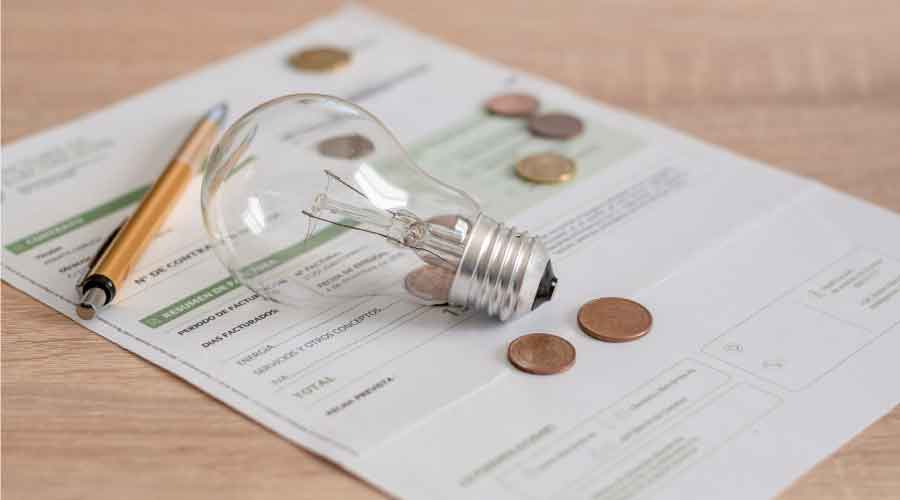4 Ways to Finance Energy Efficiency and Renewables
Looking for “free” money? Here are four ways to improve a building’s energy efficiency and lower an organization’s greenhouse gas emissions for low or no out-of-pocket cost.
By Greg Zimmerman, senior contributing editor
As budgets crunch, facility managers are constantly on the lookout for strategies that can help ease the pain. Especially for those with stringent energy efficiency targets, but stringy budgets, finding money to pay for upgrades means leaving no stone unturned. Luckily for facility managers, these days there are a lot of stones to turn.
Whether the goal is to improve energy efficiency, reduce carbon emissions, or both, these four strategies can help facility managers pay for upgrades, often with no upfront cost.
1.) PACE
PACE stands for Property Assessed Clean Energy. PACE works by allowing commercial building owners to install energy efficiency upgrades or renewable energy-generating equipment like solar panels on their properties for no upfront cost. The building owner then pays back the initial investment with an assessment on their annual property tax bills. The idea is that the savings from the energy efficiency upgrades or the energy generated by the renewables will then offset the cost of the property tax assessment over the long-term (20-30 years, in most cases).
The catch for PACE is that, because it’s not a federal program, legislation must be passed on a state-by-state basis to support it. But the good news is that according to data from PACE Nation, 38 states and the District of Columbia now have PACE-enabling legislation in place for commercial PACE (or C-PACE) and 30 states have active PACE programs available for commercial building owners (the other 8 states either have programs in development or have just passed the legislation without further action yet). The Department of Energy reports that more than $2 billion in renewable energy projects have been financed.
PACE has many benefits, including being able to support long-term financing but immediate cash flow advantages from energy generation or energy savings. Improved efficiency also improves the value of a building and shows potential investors a long-term commitment to sustainability.
2.) Community Solar
Of all the innovative programs to support the growth of renewables with low or no-cost to building owners, community solar might be the simplest. Here is how it works: A facility manager signs up to subscribe to a part of a solar farm, based on their monthly energy spend and the size of the solar subscription share, he or she gets a solar credit on their electricity bill, and then the third-party community solar administrator charges them back for the solar credits, but at a reduced rate (usually about a 20 percent reduction). So, managers are saving money and using renewable energy.
The underpinning idea of community solar, and why it’s gaining in popularity quickly, is that most buildings aren’t candidates for on-site or rooftop solar. According to Solar Energy Industries Association, more than 5.1 gigawatts of community solar projects have been installed in the U.S. through the third quarter of 2022. Forty-one states and the District of Columbia have at least one community solar project, and 19 states have passed legislation making it easier for facility managers to take advantage of the benefits of community solar.
Again, the catch for commercial building owners interested in community solar is that individual states must pass legislation to create the community solar mechanism. So far, 19 states have done so. But organizations like the Coalition for Community Solar Access are working to educate lawmakers and expand access to community solar. SEIA estimates another 5 gigawatts of community solar projects will be installed in the next five years.
3.) Energy Savings Performance Contract (ESPC)
This is the most tried-and-true method for cash strapped facility managers – tomorrow's energy savings pay for today’s upgrades. The way an energy savings performance contract works is reasonably simple: Facility managers send a request for proposal (RFP) to third-party energy service companies (ESCO). The ESCOs then bid on the work, like any other project. Facility managers select the best fit, the ESCO does the energy efficiency upgrade, whether HVAC, lighting or other, and then the energy savings over the life of the equipment gradually pay for the initial investments.
The fine print of the financing mechanisms for ESPCs can vary depending on the type of organization, type of ESCO hired, and types of upgrades. The Better Buildings Solution Center breakdowns how financing could work for an ESPC, and what facility managers need to know about each type.
One of the main benefits to facility managers of an ESPC, other than getting energy efficient equipment with no upfront cost, is that depending on the nature of the contract, the ESCO is required to measure and verify the equipment to ensure it is operating as efficiently as expected, and therefore delivering the expected savings. Normally this measurement and verification task would fall within a facility manager’s purview, or they’d need to hire a retrocommissioning agent to get this same service. This is also why it’s crucial to hash out details – like standard setpoints and equipment operating hours – in the initial contract in order to minimize potential surprises or conflicts.
4.) Federal Tax Deduction
While deductions on taxes aren’t exactly “free” money, they can still be a huge boon to an organization’s bottom line. One of the most popular examples of this is federal 179D tax deductions. These tax deductions for energy efficient upgrades have been in place since 2005, and several times over the last two decades, they’ve been extended at the 11th hour. In 2021, though, they finally became permanent. The Consolidated Appropriations Act of 2021 makes the 179D tax deductions a permanent part of the Internal Revenue Service’s tax code.
The code allows facility managers to deduct a portion of energy efficient upgrades to HVAC, lighting, or building envelope, based on the measure efficiency of the upgrade.
President Biden’s Inflation Reduction Act of 2022, signed into law in August, makes some changes to the 179D deductions. This recent story by Charles Goulding and Jacob Goldman of Energy Tax Savers does a great job of explaining what the 179D tax deduction are for the uninitiated, but also how the Inflation Reduction Act revises the deductions.
Greg Zimmerman is senior contributor editor for the facility group, which includes FacilitiesNet.com and Building Operating Management magazine. He has more than 18 years’ experience writing about facility issues.
Related Topics:












